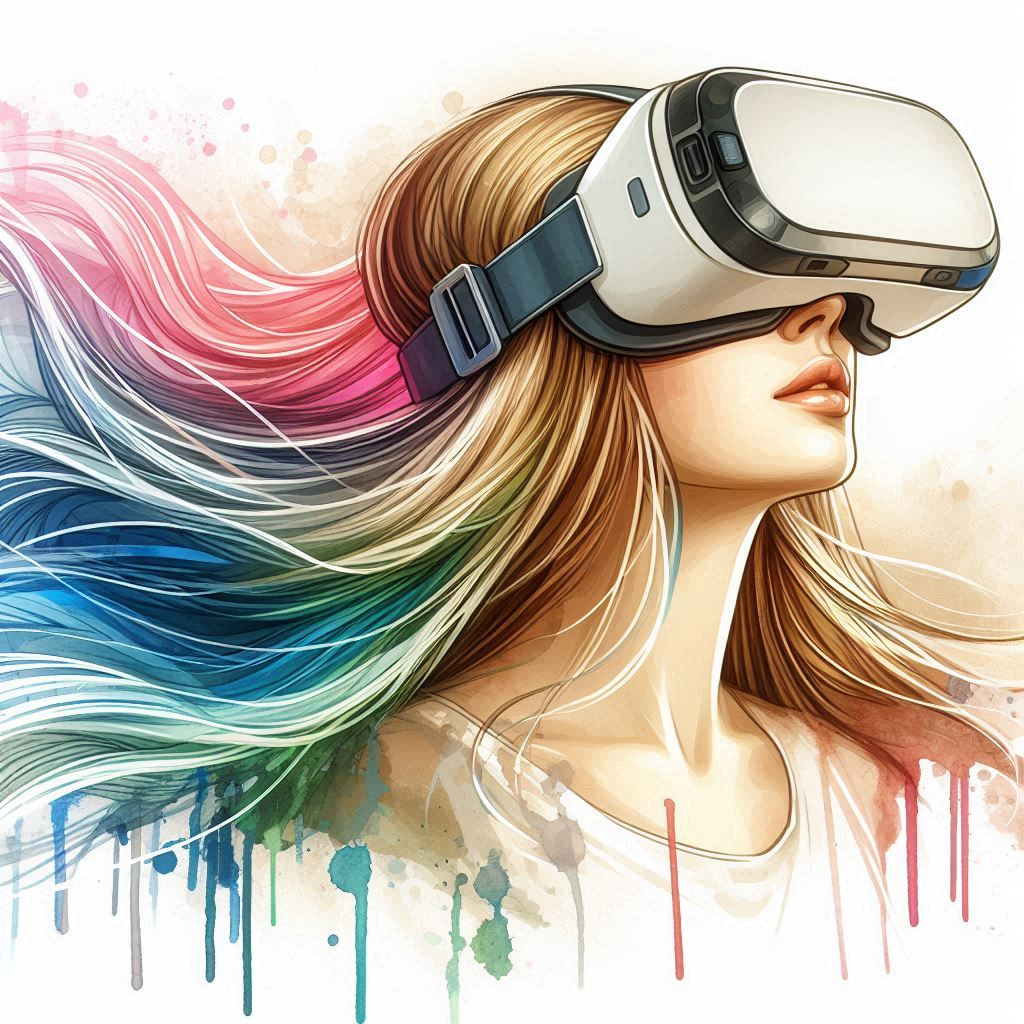Virtual reality (VR) has evolved significantly, offering a range of experiences that go beyond gaming. From immersive education and training to virtual social interactions and healthcare applications, VR headsets are transforming how we interact with digital content. Whether you’re a gamer, a tech enthusiast, or someone curious about the future of digital interaction, there’s a VR headset for you. This post explores the current state of VR headsets (August 2024), focusing on the Apple Vision Pro, Meta Quest 3, PlayStation VR2, and more, highlighting the pros and cons of each to help you make an informed decision.
What Can You Do with VR Headsets?
VR headsets open up a world of possibilities, including:
- Gaming: Experience immersive gameplay with rich graphics and interactive environments.
- Education and Training: Engage in realistic simulations for learning and skill development, from medical procedures to public speaking.
- Social Interaction: Connect with others in virtual spaces, attend virtual events, and participate in social skills training.
- Healthcare: Use VR for pain management, physical therapy, and mental health treatments.
- Entertainment: Watch movies, sports, and concerts in a virtual setting, providing a sense of presence and immersion.
- Work and Productivity: Create virtual workspaces, collaborate with colleagues, and manage tasks in a 3D environment.
Apple Vision Pro
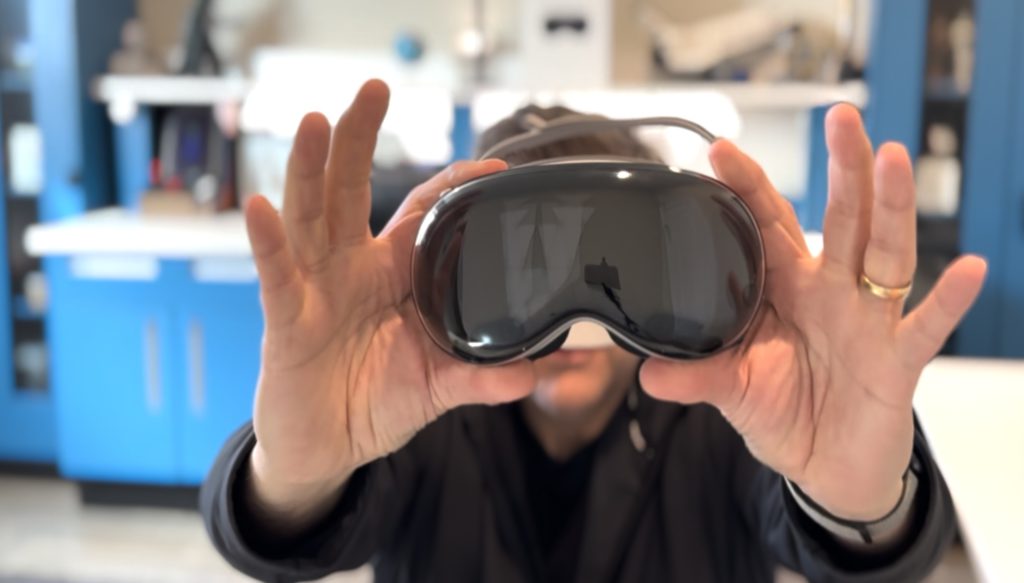
Apple Vision Pro is Apple’s ambitious entry into the VR/AR market, aiming to redefine how we interact with digital content through “spatial computing.” Tim Cook, CEO of Apple says that “augmented reality is a profound technology” and that Vision Pro is the launch of an entirely new platform. Apple Vision Pro blends digital content into your real world so seamlessly that Apple thinks Vision Pro is the future, saying things like “The Vision Pro is a revolutionary spatial computer that seamlessly blends digital content with the physical world, while allowing users to stay present and connected to others. Vision Pro creates an infinite canvas for apps that scales beyond the boundaries of a traditional display and introduces a fully three-dimensional user interface controlled by the most natural and intuitive inputs possible — a user’s eyes, hands, and voice. Featuring visionOS, the world’s first spatial operating system, Vision Pro lets users interact with digital content in a way that feels like it is physically present in their space. The breakthrough design of Vision Pro features an ultra-high-resolution display system that packs 23 million pixels across two displays, and custom Apple silicon in a unique dual-chip design to ensure every experience feels like it’s taking place in front of the user’s eyes in real time.”
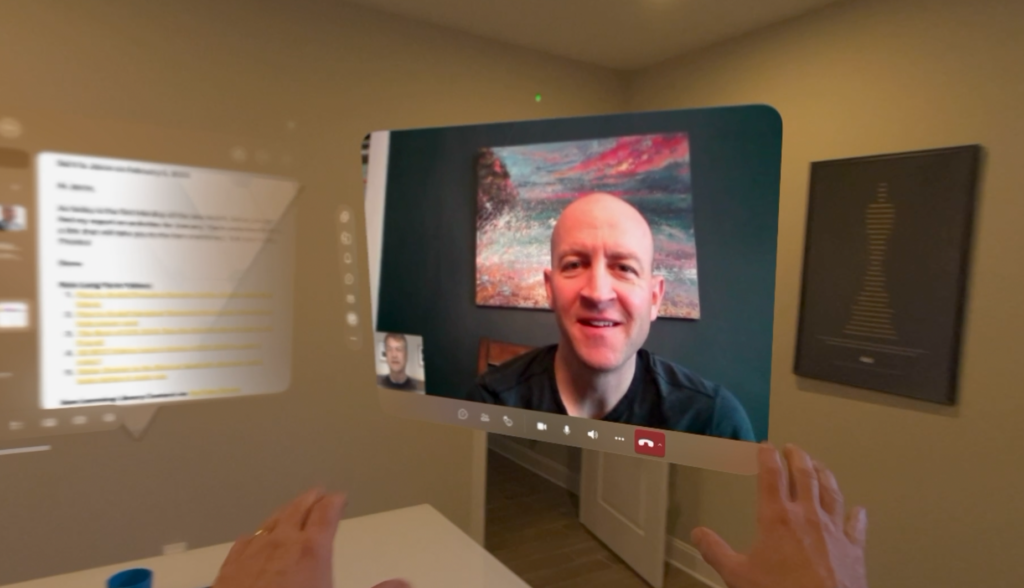
Pros:
- Incredible Micro-OLED Screens: Offers stunning visuals with high resolution.
- Intuitive Gesture Controls: Easy to use with natural hand movements.
- Convincing Spatial Experiences: Provides an immersive audio, video and photographic experience that’s the next best thing to being there.
- Seamless Integration with Apple Ecosystem: Works well with MacBooks and other Apple devices.
Cons:
- High Cost: Priced at $3,500, making it one of the most expensive VR headsets. (although a lower cost version is rumored for next year)
- Heavy and Bulky: Can be uncomfortable for extended use.
- Low Battery Life: The external battery lasts only about 2 hours.
- Limited Software and field of view: visionOS is still in its early stages and can be glitchy, and you must move your head to “see” more of the world.
I had high hopes for Vision Pro, and was one of the first to use it. I did return mine simply because it wasn’t improving my productivity, and even though I thought it would be better than a projector or television screen, the light glare issue in a dark environment made it a non-starter for me. Additionally, I felt that Apple tried too hard to make the light seal experience so perfect that the headset provided an unnecessary sense of separation from the real world. This is a strange decision because Apple tried so hard to make you feel never isolated using a feature called “EyeSight” where you always see when a person is near you and vice versa. I strongly suggest users simply remove their light shields and wear Vision Pro more like a smart goggle, where you can see the rest of the world in your peripheral vision. Maybe their next headset will be called “Apple Peripheral Vision”
Meta Quest 3
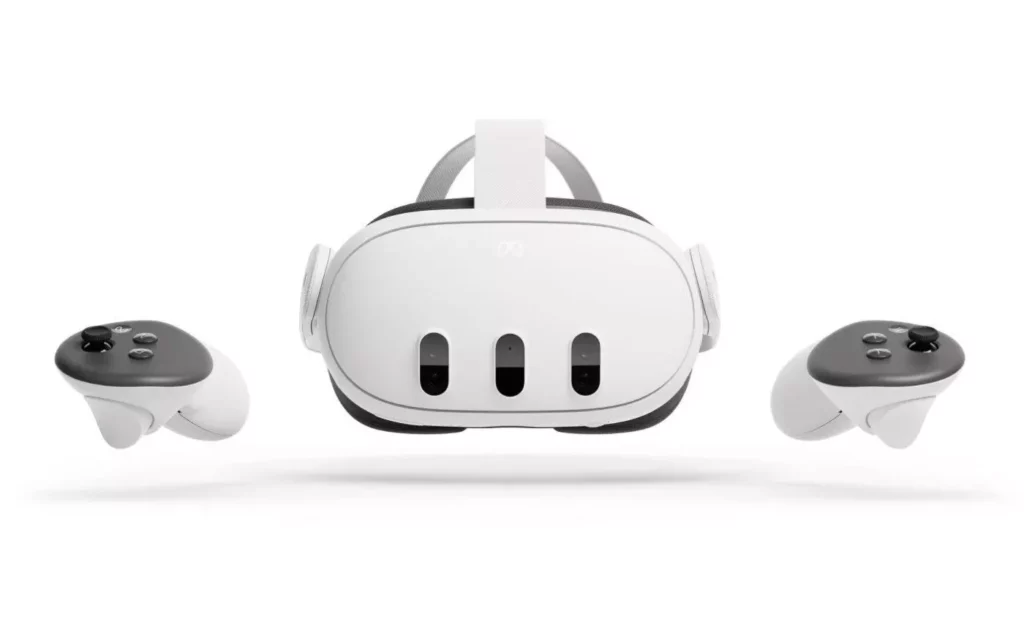
The Meta Quest 3 builds on the success of its predecessors, offering a more refined and powerful VR experience.
Pros:
- Improved Passthrough and Mixed Reality: Allows for better interaction with the real world.
- Compact and Comfortable: More ergonomic than the Quest 2.
- Affordable: Priced around $500, offering great value for money.
- Rich Game Library: Access to a wide range of games and applications.
Cons:
- Limited Battery Life: Still less than 2 hours, similar to its predecessors.
- Storage Constraints: Starts at 128GB, which may not be sufficient for heavy users.
- No Eye Tracking: Lacks advanced features found in more expensive headsets.
I’m using my Quest 3 daily for watching Netflix, BigscreenVR and am surprised how much better the Quest is getting via frequent updates (thanks in large part to pressure from Apple Vision Pro). The Quest 4 is rumored soon, and I’ll likely be in line for that one.
PlayStation VR2 (PSVR2)
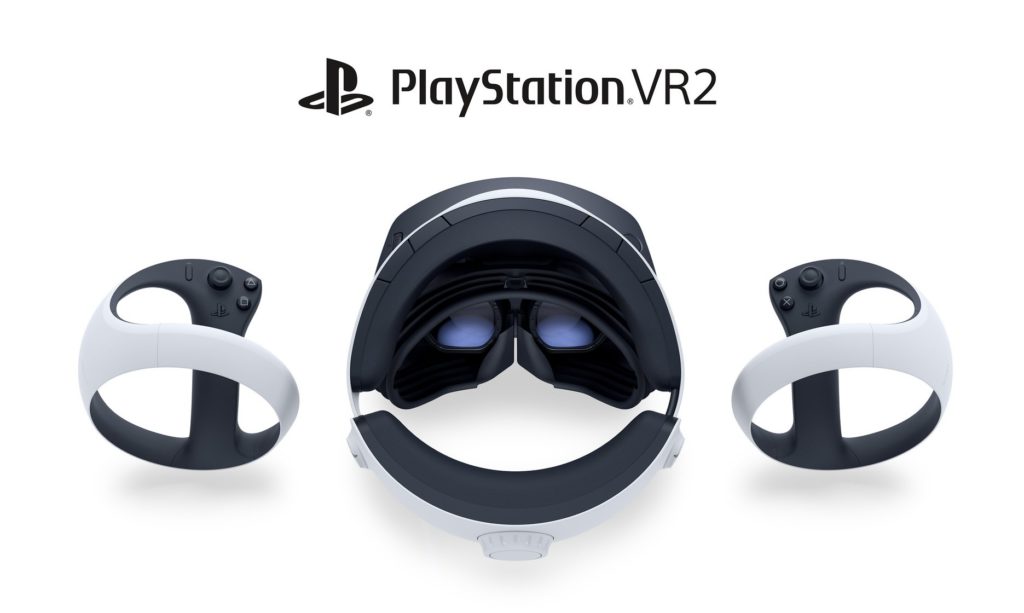
Sony’s PlayStation VR2 is designed specifically for gaming, offering an immersive experience for PlayStation 5 users.
Pros:
- Excellent Motion Tracking: Provides a seamless gaming experience.
- High-Quality Graphics: Optimized for the PS5, delivering near-PC quality visuals.
- Comfortable Design: Suitable for long gaming sessions.
- Exclusive Titles: Access to a robust lineup of VR games.
Cons:
- Requires PS5: An additional investment if you don’t already own one.
- Compatibility Issues: Not backward compatible with PS VR1 games or PC.
- Single-Camera Tracking: Can be limiting in certain scenarios.
I own the first generation PSVR, and have shared that experience with many family and friends. It was the first time I felt “inside” a game, and my wife actually found herself holding her breath when underwater in Shark Encounter. Holding a gunsight to your eyes while looking down the scope at a target felt amazingly real and magical. VR is a whole class of gaming unto itself and if you are a Sony gamer, get the VR2.
Valve Index
The Valve Index is a top-tier VR headset known for its high-fidelity visuals and innovative controllers.
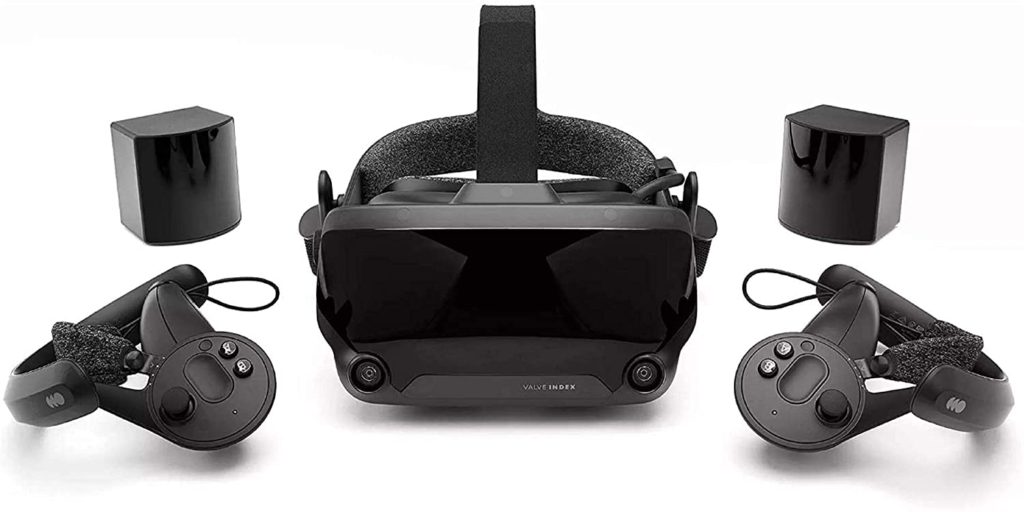
Pros:
- High Refresh Rate: Up to 120Hz for smooth motion.
- Finger-Tracking Controllers: Offers a more immersive experience.
- Large Game Library: Access to a vast array of VR games via SteamVR.
Cons:
- Expensive: High initial cost, especially with additional accessories.
- Tethered Design: Requires a connection to a powerful PC, limiting mobility.
- Occasional Tracking Issues: Can be frustrating during intense gameplay.
I have never used Value Index, but heard many fans think it is the best VR offering.
HTC Vive Pro 2
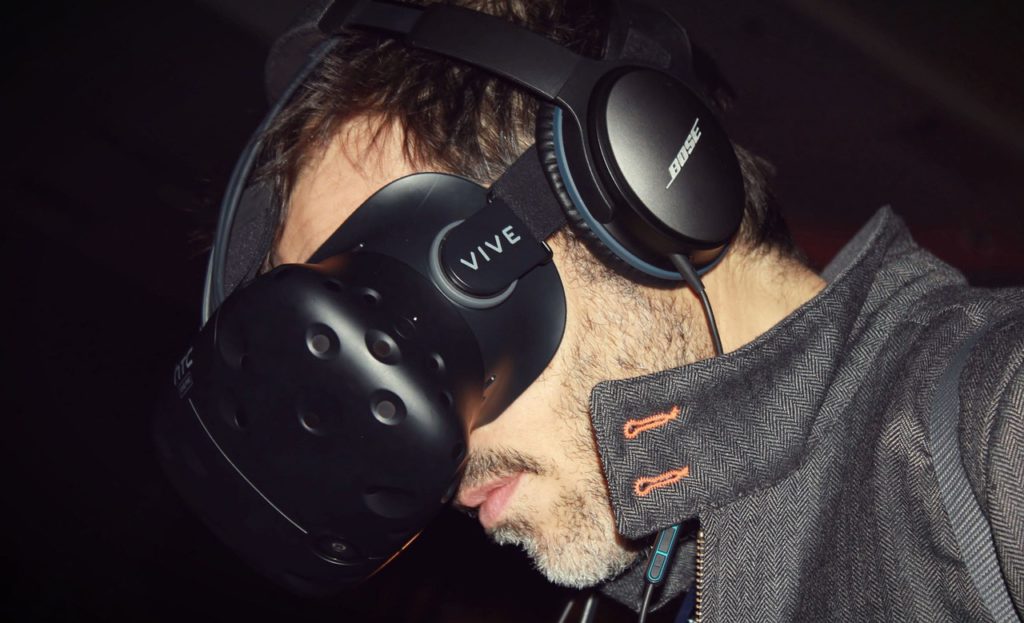
HTC Vive Pro 2 is aimed at both gamers and professionals, offering high-resolution displays and robust tracking.
Pros:
- High-Resolution Displays: Provides clear and detailed visuals.
- Professional-Grade Tracking: Accurate and reliable.
- Comfortable Fit: Designed for extended use.
Cons:
- High Cost: Expensive compared to other headsets.
- Complex Setup: Requires external sensors and a powerful PC.
- Limited Wireless Options: Primarily a tethered experience.
I ended up returning my Vive because of the hardware requirements and the limiting tethering experience.
Conclusion
Choosing the right VR headset depends on your specific needs and budget. The Apple Vision Pro offers cutting-edge technology but at a steep price. The Meta Quest 3 provides a balanced mix of performance and affordability, making it ideal for most users. The PlayStation VR2 is perfect for gamers, while the Valve Index and HTC Vive Pro 2 cater to those seeking high-end, professional-grade experiences. There are other headsets like Immersed Visor, BigScreen and SpaceTop, mostly focused on recreating a computer screen experience for your eyes (ostensibly reducing or eliminating the need for a computer screen at all.)
As VR technology continues to evolve, these headsets represent the current state of the art, each with its unique strengths and weaknesses. Whether you’re looking to dive into immersive gaming, explore new ways of working, or simply experience the future of digital interaction, there’s a VR headset out there for you.
For all the reasons above, Skytech.io recommends the Meta Quest 3 at this time.
Citations:
https://www.zdnet.com/article/meta-quest-3-review/
https://www.pcmag.com/reviews/htc-vive-pro-2
https://www.ncbi.nlm.nih.gov/pmc/articles/PMC9517547/
https://www.wired.com/review/apple-vision-pro/
https://www.techspot.com/products/audio-video/playstation-vr-2.265552/
https://www.techspot.com/products/audio-video/htc-vive-pro-2.237467/
https://www.talespin.com/reading/the-advantages-of-virtual-reality-social-skills-training
https://virtualspeech.com/blog/vr-applications
